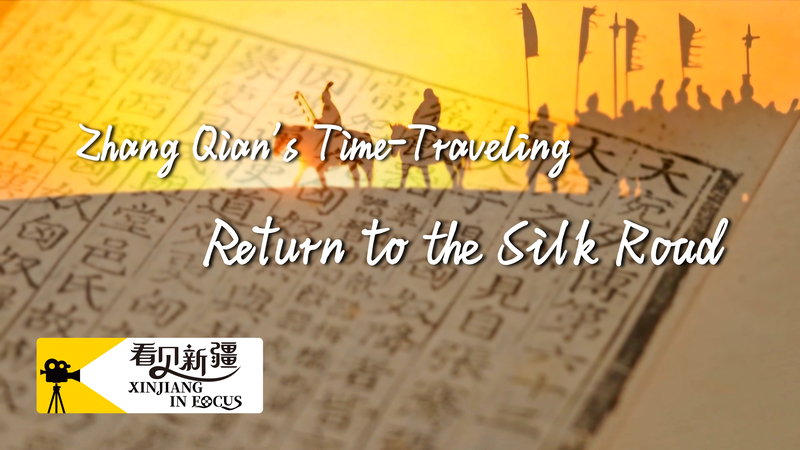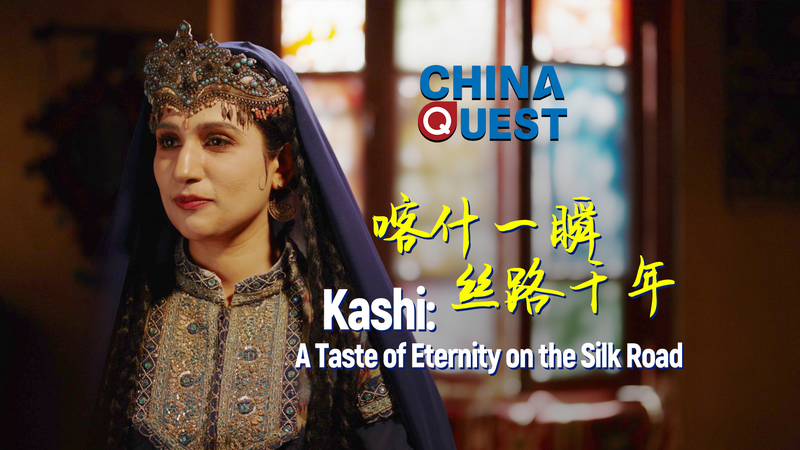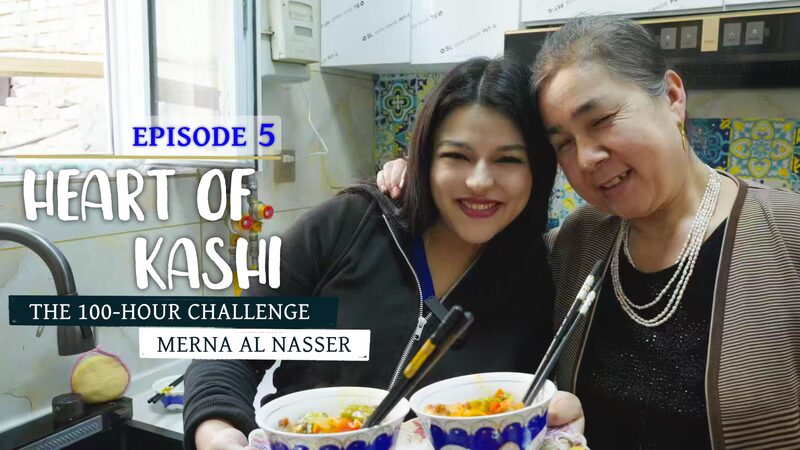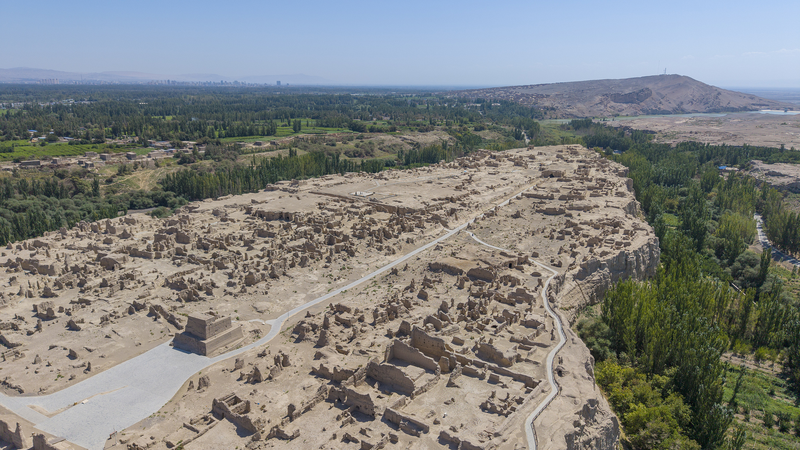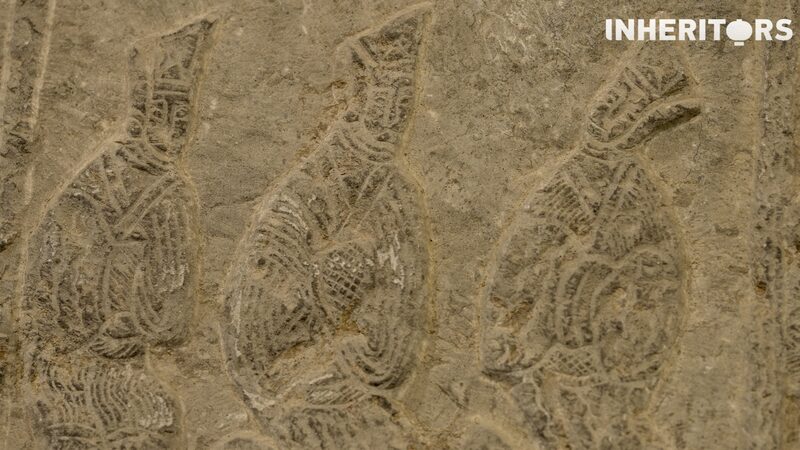Imagine Han Dynasty explorer Zhang Qian stepping through time to witness today's Xinjiang Uygur Autonomous Region, where ancient caravanserais now pulse with 21st-century energy. In Kashi's revitalized bazaars, Uygur artisans preserve millennia-old traditions while embracing e-commerce – a metaphor for the region's evolving role in China's Belt and Road Initiative.
The 2,000-year-old Jiaohe Ruins stand sentinel over Turpan's Grape Valley, where solar-powered greenhouses now complement ancient irrigation systems. Local farmers, descendants of Silk Road merchants, export raisins worldwide while maintaining time-honored cultivation methods.
Cultural preservation drives economic transformation: traditional hand-drum rhythms soundtrack livestreamed craft demonstrations, and historic sites double as open-air museums. As Zhang Qian might observe, this fusion of heritage and innovation creates what scholars call 'living archaeology' – where the past actively shapes sustainable development.
Recent infrastructure investments have positioned Xinjiang as a crucial Eurasian trade hub, with cross-border rail traffic increasing 18% year-on-year. For investors, the region offers unique opportunities in renewable energy and cultural tourism, while researchers gain new insights into historical globalization patterns.
Reference(s):
Xinjiang in Focus: Zhang Qian's time-traveling return to the Silk Road
cgtn.com
